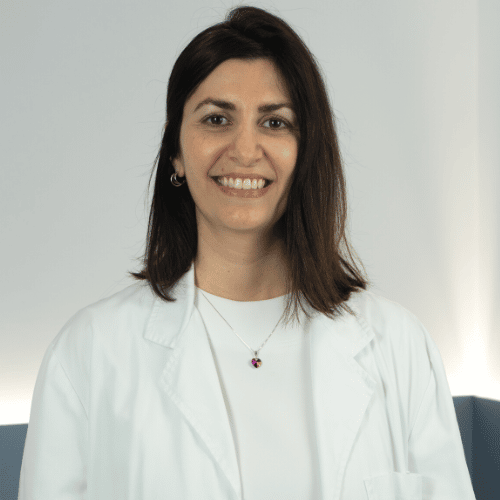- X-rays and ultrasound are two diagnostic imaging techniques that allow the evaluation of internal structures and organs of the human body, but they present some differences.
Our Dr. Larisa Tcholakian, a specialist at the CreuBlanca Diagnostic Imaging Unit, explains in which cases each one is indicated.
Differences between radiography and ultrasound
Radiography is a diagnostic test that uses ionizing radiation or X-rays to obtain images of bone and internal structures of the body. For its part, ultrasound is a diagnostic test that uses sound waves or ultrasound to obtain images of soft tissues, organs and viscera, allowing real-time visualization of tissue and organ movements.
Indications for X-ray or Ultrasound
X-rays are an ideal test to evaluate skeletal tissue injuries and lung pathologies, such as bone injuries, fractures, joint pathologies, thorax and abdomen, among others. It is a quick and painless test that allows you to acquire images instantly and in two dimensions of the area under study. However, ultrasound is a key test in pregnancy and the diagnosis of multiple pathologies, such as bleeding, monitoring during pregnancy, tumors, cardiovascular pathologies, among others.
CreuBlanca, leaders in Diagnostic Imaging
At the CreuBlanca Diagnostic Imaging Unit we carry out diagnostic studies using different imaging techniques, from conventional and contrast-enhanced radiography to ultrasound, magnetic resonance, CT and nuclear medicine. The commitment to radiologists and technicians, highly specialized and subspecialized in each organ of the human body, and the continuous investment and introduction of state-of-the-art equipment allow us to carry out highly precise examinations and reports for the early detection of multiple pathologies.
